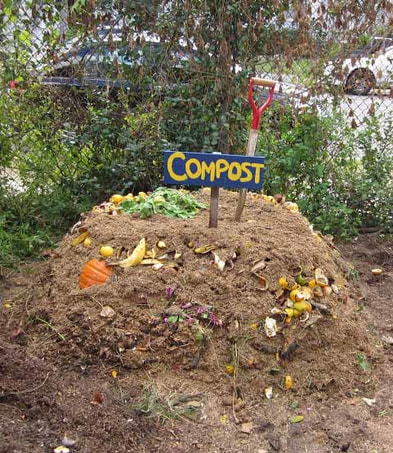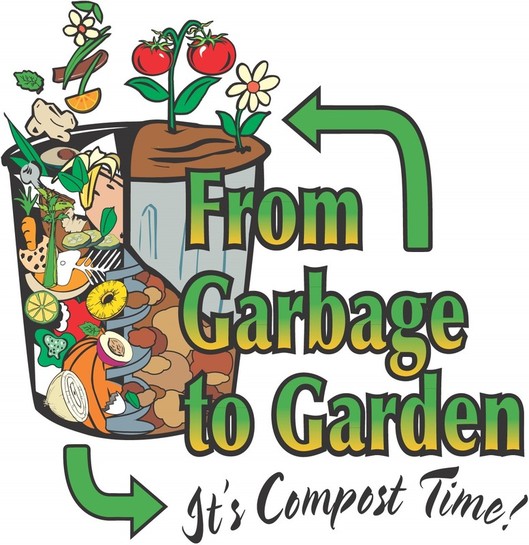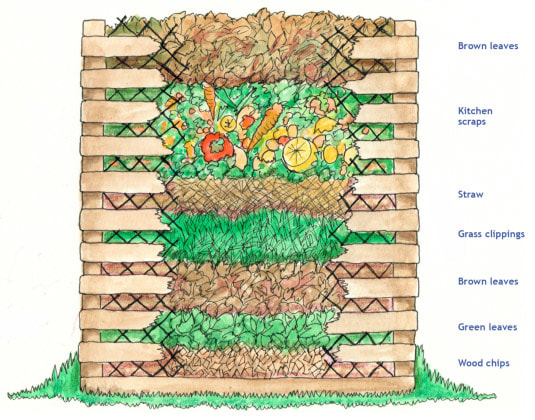Check out the link below submitted by Boy Scout Conner Stevens for a ton of great information on composting.
A Homeowners Guide To Composting
|
Why Compost?
|
Basic Steps to Composting
Composting is nature's process of recycling decomposed organic materials into a rich soil known as compost. Anything that was once living will decompose. Basically, backyard composting is an acceleration of the same process nature uses. By composting your organic waste you are returning nutrients back into the soil in order for the cycle of life to continue. Finished compost looks like soil - dark brown, crumbly and smells like a forest floor.
|
Follow the simple steps below to build your own backyard compost pile:
|
What to Compost?
|
|
|
What Not to Compost & Why
|





